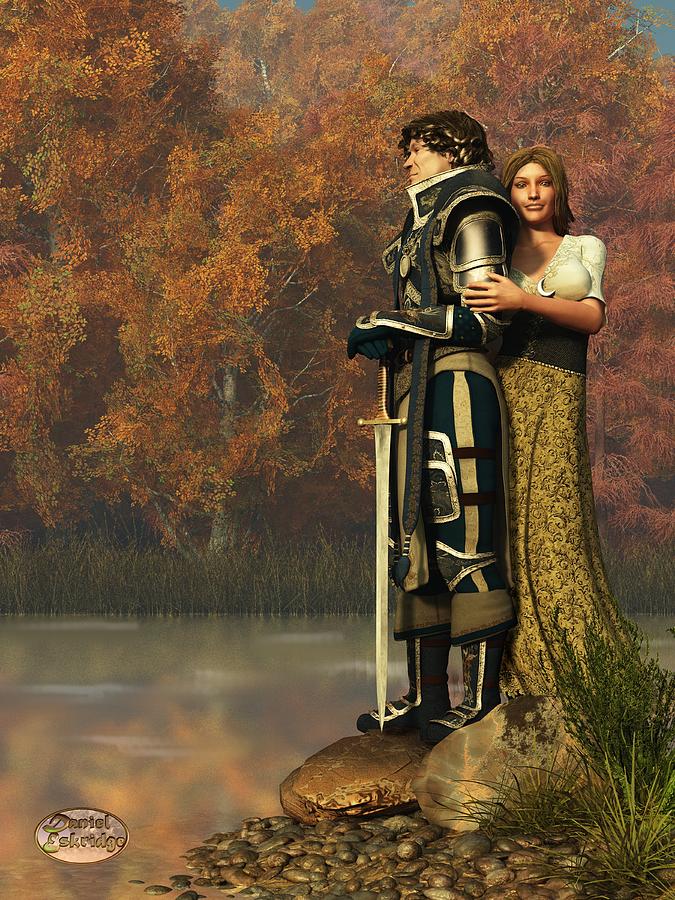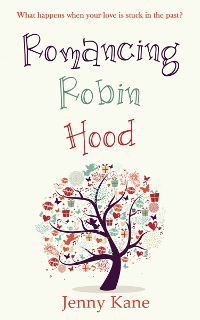Waterloo is a much written about battle. My great, great grandfather's regiment, The Scot's Greys, fought at Waterloo. Author Tom Williams has written a guest blog about how he is researching the battle for his new novel in his historical adventure series His Majesty's Confidential Agent.
Tom's novels are set against the meticulously researched background of the Napoleonic Wars. Burke, his hero, will become involved with a Belgian (Flanders) regiment during the Battle of Waterloo.
This should make research easy. Unfortunately,
although much has been written about the battle, it was not particularly well
documented as it happened. Wellington’s dispatch to the Secretary of State
for War, formally describing the battle, runs to just over 2,300 words. This
created considerable controversy at the time for its failure to mention many of
the acts of valour performed on the field. Wellington started
writing it on the evening of the battle and he had, by any standards, had
rather a hard day. Even if he had delayed and written a longer account after he
had had time to consult with his generals, it would still have had errors and
omissions.
Although Waterloo was fought on a very small field (barely three square miles) it was a large and complex battle. Napoleon had around 72,000 troops and Wellington commanded just under 68,000. (Even these figures are much disputed: I’ve used Elizabeth Longford’s.) http://tinyurl.com/nesqwla
Wellington’s force included troops of the Netherlands Army (Dutch and Belgian) and 5,000 men of the Brunswick contingent. Although all accepted him as the supreme commander on the field, they had different command structures, different languages and different uniforms. On at least one occasion, confusion as to the uniforms led to British troops opening fire on their allies with significant loss of life. Confusion was not only possible, but practically guaranteed.
Wellington positioned himself on the ridge overlooking the battlefield because he had to rely for information about where his troops were on what he could personally observe. Unfortunately, once the firing started the smoke from the muskets and cannon fire obscured much of the battlefield, so generals often had no idea where their forces were. The reason that military flags (the colours that are trooped at Trooping the Colour) are so significant is because that gave everybody at least a chance of seeing them through the smoke.
Waterloo was also seen as confirming
Britain's pre-eminent military position in Europe. Although the battle had been
an Allied effort – less than half of Wellington’s troops were British and he
admitted that it could not have been won without the Prussians – it was
presented as a British victory. Wellington (although Irish – a fact that he did
not care to advertise) was the Commander-in-Chief of the Allied forces. Britain
was the only country to have fought against Napoleon consistently throughout
his rule and now a British commander had put an end to Boney once and for all.
Waterloo has therefore attained a mythic status in British history and
inconvenient details that do not fit with this narrative are forgotten or
ignored.
 |
| Uniforms of the period |
 |
| Regimental Banner |
Tom's novels are set against the meticulously researched background of the Napoleonic Wars. Burke, his hero, will become involved with a Belgian (Flanders) regiment during the Battle of Waterloo.
Was Waterloo Entirely a British Victory?
by Tom Williams
After his
adventures in Argentina (Burke in the Land of Silver) and Egypt (Burke
and the Bedouin), the next book in the Burke series will see Burke at
Waterloo.
It's inevitable,
really. There's more or less a legal requirement for anyone writing a
Napoleonic series to get to Waterloo sooner or later. I decided to bite the
bullet and do it now.
Waterloo is a tricky thing to write about. It is, for most British military history enthusiasts, the battle of the 19th century. Hundreds of books are written about it. (Bernard Cornwell's effort, Waterloo: The History of Four Days, Three Armies and Three Battles was published in September.) The Internet is full of websites, including some very erudite ones, discussing various aspects of it. War-Gamers refight Waterloo all the time. Anything you say is likely to be read by quite a lot of people who know enough about what happened to pick up any mistakes.
Waterloo is a tricky thing to write about. It is, for most British military history enthusiasts, the battle of the 19th century. Hundreds of books are written about it. (Bernard Cornwell's effort, Waterloo: The History of Four Days, Three Armies and Three Battles was published in September.) The Internet is full of websites, including some very erudite ones, discussing various aspects of it. War-Gamers refight Waterloo all the time. Anything you say is likely to be read by quite a lot of people who know enough about what happened to pick up any mistakes.
 |
| Tom Williams on one of his adventures in South America, the land of silver |
Although Waterloo was fought on a very small field (barely three square miles) it was a large and complex battle. Napoleon had around 72,000 troops and Wellington commanded just under 68,000. (Even these figures are much disputed: I’ve used Elizabeth Longford’s.) http://tinyurl.com/nesqwla
Wellington’s force included troops of the Netherlands Army (Dutch and Belgian) and 5,000 men of the Brunswick contingent. Although all accepted him as the supreme commander on the field, they had different command structures, different languages and different uniforms. On at least one occasion, confusion as to the uniforms led to British troops opening fire on their allies with significant loss of life. Confusion was not only possible, but practically guaranteed.
We talk nowadays about "the fog of
War" but it is difficult to imagine the chaos of a 19th-century
battlefield. There was no radio or other means of long-range communication.
Wellington's orders were carried to his commanders by riders who would cross
the field of battle to take them to the people who would carry them out. It was
dangerous work and many of his staff officers did not survive – and thus the
orders did not necessarily get through.
Wellington positioned himself on the ridge overlooking the battlefield because he had to rely for information about where his troops were on what he could personally observe. Unfortunately, once the firing started the smoke from the muskets and cannon fire obscured much of the battlefield, so generals often had no idea where their forces were. The reason that military flags (the colours that are trooped at Trooping the Colour) are so significant is because that gave everybody at least a chance of seeing them through the smoke.
 |
| Waterloo, The Chaos of Battle (from Wikipedia) |
With the chaos and confusion that threatened
the field, it is hardly surprising that both Wellington and Napoleon made
really serious mistakes. Both were brilliant generals, but both seem to have
been performing badly that day. The battle was not a series of brilliant
tactical manoeuvres, rather it ended up simply being a slogging match, in which
the Allied forces stood their ground, taking horrific punishment from the
French all day, until finally the French – having taken heavy losses themselves
and now threatened by the arrival of the Prussians – broke and fled the field.
At the end of the day almost fifty thousand men had died.
 |
| Waterloo, Charge of The Scot's Greys ( from Wikipedia) |
The loss of life is even more appalling when
you consider what this battle achieved. It is often described as having shaped
the history of Europe. This is nonsense. The whole continent was united against
Napoleon and the armies of Austria and Russia were ready to move on Paris.
Napoleon faced opposition even within France – many of his troops had to be
left behind to protect against monarchist opponents at home. Victory at
Waterloo might have bought Napoleon time, which he could have used to
consolidate his domestic position and negotiate improved surrender terms with
the Allies. It might well have changed the history of France: it can hardly be
claimed that it would have changed the history of Europe.
What Waterloo did do was define the
character of Britain for the next hundred years. Wellington's famous calmness
and "stiff upper lip" (typified by his insisting that the Duchess of
Richmond go ahead with her ball, even as the French crossed the Belgian border)
may have been nothing more than a propaganda ploy to reassure nervous civilians,
yet it came to define how an English gentleman should behave. The steadfastness
of the British troops, who held their positions all day under heavy fire, also
came to typify the martial virtues of the British Army. It is significant that
the British attribute heroism to stoicism under fire, such as that shown by
British troops in the trenches during the First World War or Dunkirk in the
Second, rather than enthusing about the kind of strategic genius that can lead
to victory without heroic losses.
 |
| Wellington (from Wikipedia) |
Unfortunately, in my plot the British spy,
James Burke, is fighting in a Belgian cavalry regiment (the 8th
Hussars). As everyone knows since it was a British victory, the role of
regiments like the 8th Hussars has been quietly forgotten. In fact,
many historians claim that the Dutch and Belgian troops were cowards and made
little, if any, contribution to Wellington's success. Far from this being the
case, many units of the Netherlands Army behaved with conspicuous bravery. This
was particularly true of the First Netherlands Light Cavalry Brigade of which
the 8th Hussars were a part. They covered the retreat of the Scots
Greys, saving the remnant of that regiment after their famous charge. The
brigade was described as fighting with "insane gallantry".
 |
| Scot's Greys (from Wikipedia) |
In the end, I am sure that much of what I
write about Waterloo could be debatable. None the less, I shall pursue
research, trying to get it right, knowing, too, that so many others have got it
wrong before me – not least all those who reduce the Belgian contribution to
what, in this country, we insist on believing a British victory. Two hundred
years after Waterloo, perhaps Burke can help to put the record straight.
Tom William's novels are truly fabulous, really fast paced historical adventures. They can be found on Amazon or ordered from bookshops.
To find out more about events relating to these
historical adventures look for Tom Williams:
http://thewhiterajah.blogspot.co.uk/
historical adventures look for Tom Williams:
http://thewhiterajah.blogspot.co.uk/
































